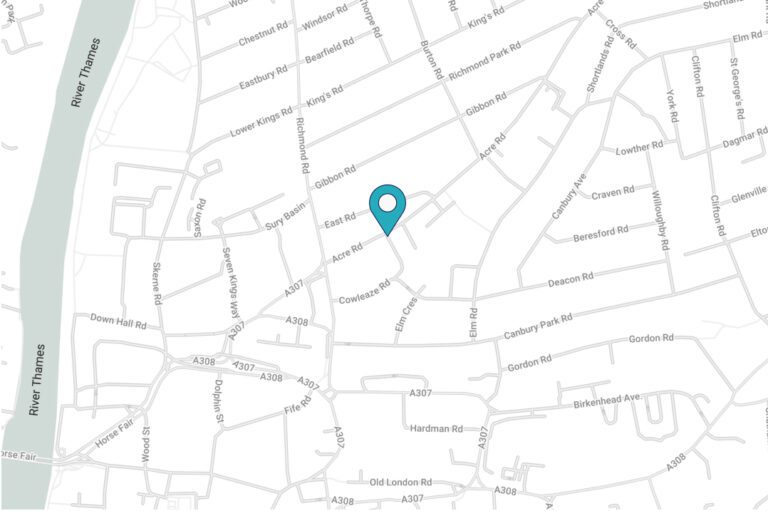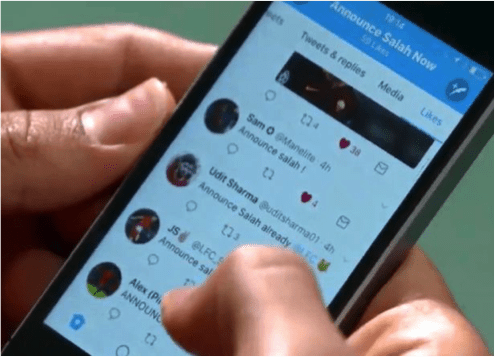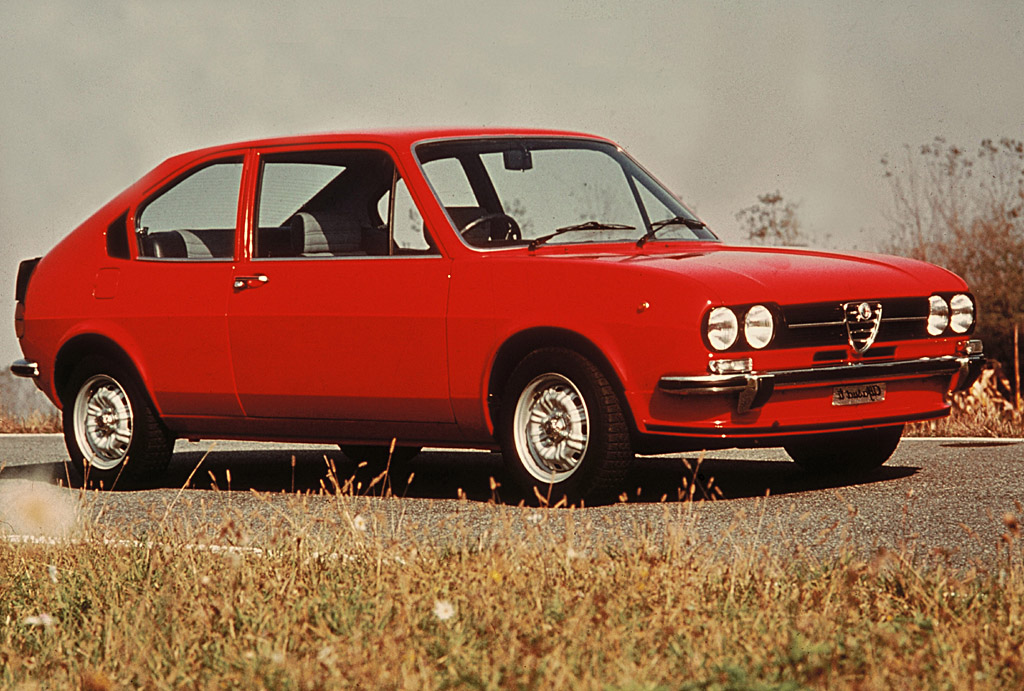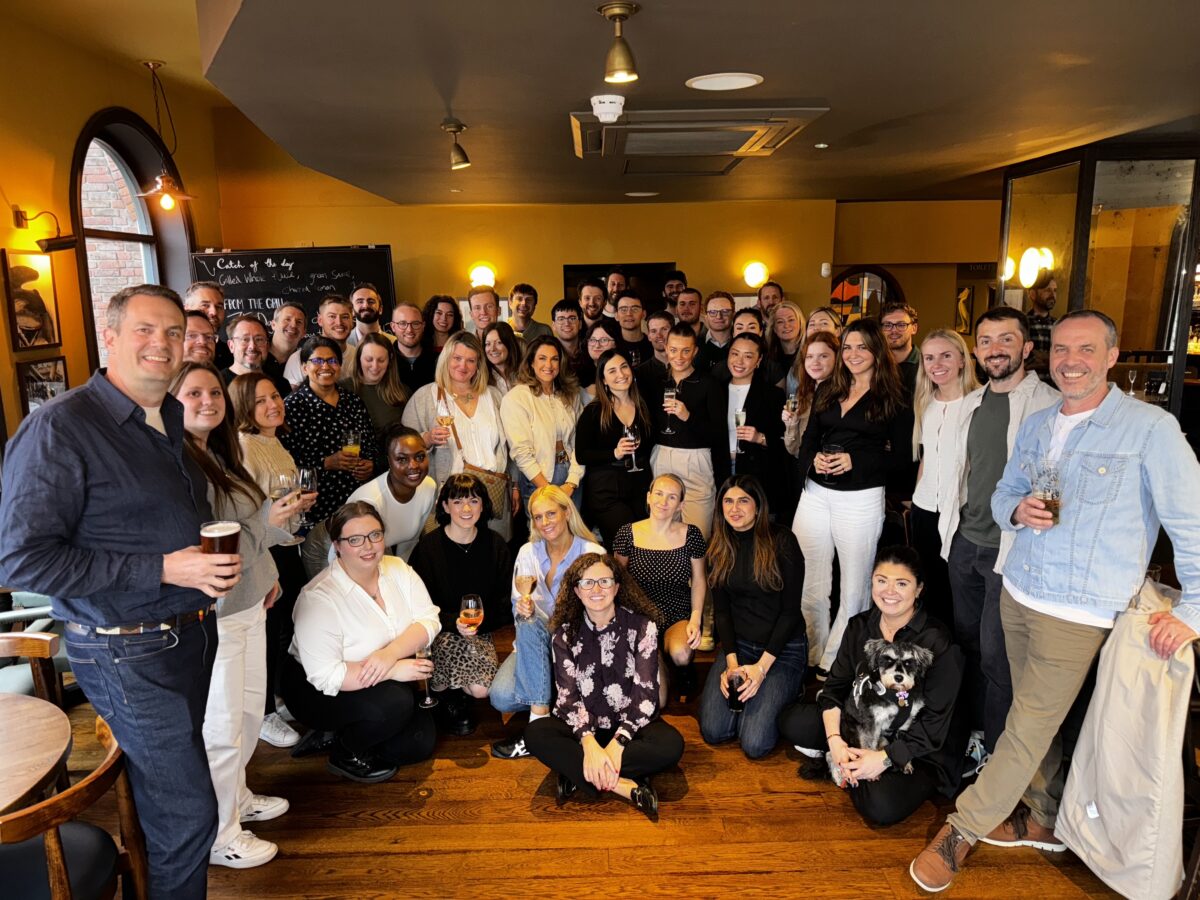 If you’ve been keeping an eye on football social media content during this summer’s transfer window, you may have noticed a few changes… Some strange ones.
If you’ve been keeping an eye on football social media content during this summer’s transfer window, you may have noticed a few changes… Some strange ones.
First, Liverpool announced former Chelsea and Roma winger Mohammed Salah on Twitter with a video of a mystery man flicking through Twitter on his phone to the trending hashtag started by Liverpool fans keen for his arrival to be confirmed, ‘#AnnounceSalah’. The camera pans out, and a gawkily waving Salah says ‘Salah announced’.
Weird, right? Very weird. Awkward too. Surely this sort of social media tactic can’t be beneficial to a Premier League club? However, 31k retweets and 42k favourites (at the time of writing) from the club’s native tweet, just shy of a million views on Facebook, and blanket media coverage across all the national online sites and a trending topic across Twitter and Facebook says otherwise.
Other notable examples include Chelsea announcing the signing of German centre-half Antonio Rüdiger with an awfully acted and cringeworthy video, as well as the downright confusing ‘fake WhatsApp group chat’ that Championship side Aston Villa used to announce their high profile signing of John Terry.
However, all of this had a starting point. Following the enormous PR & Marketing success of Paul Pogba’s return to Manchester United last summer, the rest of the Premier League are playing catch-up. Whilst the ‘#Pogback’ video with Stormzy was oozing with cool which drew in the masses, unfortunately not every football player has the celestial swagger of Paul Pogba… So other teams have had to make do.
Generally, there are two types of video content that tend to go viral on social media – cool, engaging and brilliantly executed videos, and ‘gaffes’ / weird or cringeworthy videos that are entertaining as a result. Both are entirely different, but can produce similar levels of output when it comes to engagement.
Awkward, strange or funny content grabs the attention of the billions of millennials on social media, which is key to growing the reach of a football club. As a lot of indexes that rank the size of football clubs have social media following as one of their key measures, creating engaging social media content is crucial in growing the club.
Football clubs have finally cottoned on to what is popular on social media; a picture used to be enough, but now the battle for eyeballs is so intense that regular engaging and entertaining video content seems to be the only way to compete at the top level.
The battle to be the largest club in the world is ongoing, and the more a club grows the more income it can receive. To put it simply – more social media followers, means a higher global club ranking, which in turn allows for clubs to charge higher sponsorship rates.
In fact, this stretches further than simply summer transfers, with Southampton FC making multi-episode animations of their new kit announcement, called #MadeForHeroes. Chelsea FC followed suit by paying (what I imagine would be a hefty sum) to use 2D from the animated band ‘Gorillaz’ to launch their new kit.
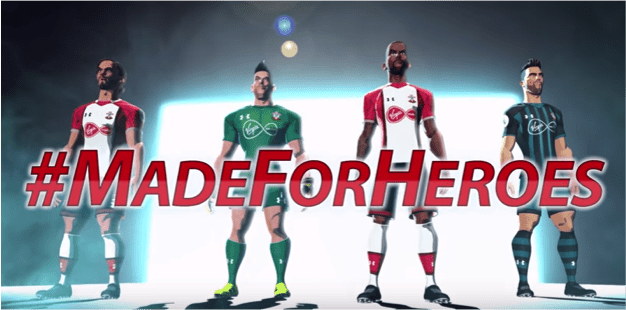
To round off, these cringeworthy and in some cases just terrible pieces of content created by high-profile football clubs are not done by accident. This is all a ploy to get more eyes and followers on their feeds, to indirectly increase their cash flow.
In fact, as much as Wayne Rooney’s return to Everton from Manchester United may be seen as romantic, the former England captain has more than 14x the number of followers of the Liverpool-based team, who’s following has already increased by 180,000 just a day after the announcement…
So how does this impact the wider world of PR and social media? Sport touches people in a way that most brands can’t. Many businesses would love to emulate the passion people have for their chosen sports team. So we see brands getting involved in sports sponsorship, and using that sports content to engage existing and potential customers. Some do it better than others, as demonstrated by our recent award-winning Tradesman Trials campaign with Fiat Professional.
But whether you’re a car manufacturer, a soft drink distributor or a football club, it’s no longer enough to simply announce a new vehicle to your fleet, product to your range or player to your club. As communications experts, we must all aim to create engaging campaigns which are based on real consumer insights and ultimately impact the bottom line, whether that’s selling a car or growing a fan base.
